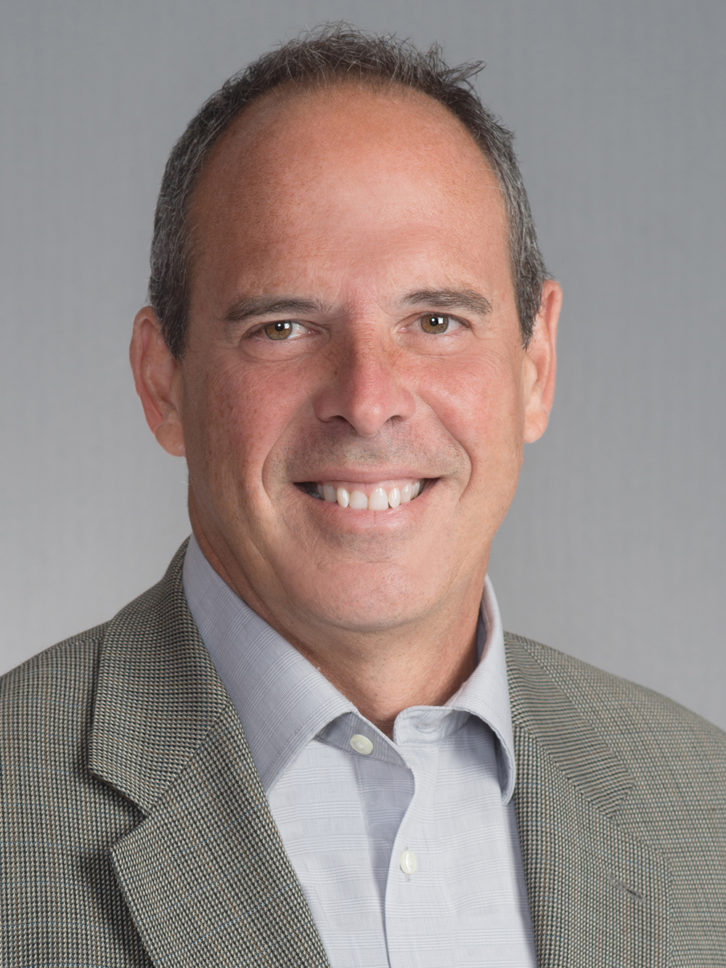Joining our virtual roundtable on the points of challenge and opportunity in media delivery are James Abell, distribution manager, ITV; Bill Adams, senior vice president of operations, Ownzones; and Rafael Fonseca – VP of product management, Artel
Prior to the pandemic, what technologies or trends would you say were having the most enabling impact in your area of expertise?
James Abell (JA): One major shift in the industry is how today’s audiences are viewing more content over IP, which means that there is a need for us and other content providers to increasingly distribute our content and services over IP. Whilst not without its challenges, IP technology presents us with the opportunity to innovate our distribution models in ways which will enable us to expand the reach and scale of our content and services in the UK.
Bill Adams (BA): Before the pandemic, studios, broadcasters, and service providers were on a path to adopting the cloud for archive storage, services, and digital supply chain and asset management platforms. Some were resistant because of concerns about security, cost, implementation, control of assets, and overall business impact. Many early adopters would first dip their toes into the cloud with non-critical and proof of concept projects. Most would quickly realise the benefits of migrating to cloud-based workflows and quickly scale up to full deployment.
Rafael Fonseca (RF): The technologies/trends having the most impact for Artel, as it pertains to media delivery over IP, were video compression (both for contribution and distribution workflows); IT networking protocols and features for proper media flow and resource management, including bandwidth; and service, network, and element management as greater operational simplicity takes centre stage. These trends focused mainly on traditional workflows supported by managed IP or fibre networks.
Again pre-pandemic, what were the biggest areas of challenge in terms of technology development or deployment in your field?

RF: With regard to technology development, the main challenges have been the pressures of developing technology based on standards that continue to evolve. The industry is responding to present needs and working to reflect these needs as quickly as possible either with new standards or augmentation to existing standards. This has led to observed challenges in deployments, particularly with respect to achieving interoperability. Implementation of workflows has always involved equipment from multiple vendors. When combined with evolving standards, this factor creates situations where implementations have slight variations precluding interoperability and proper operation.
JA: Responding to how viewing habits are continuing to significantly change, along with how fragmented audiences have become, is one of our biggest challenges to the distribution and deployment of our content and services. Working together with our partners is one way we can combat this; distribution with them means that we not only bring our great content and services to their platforms, but that we are able to expand our reach and attain presence where our audiences are. By embracing the changes in viewing habits, we ensure that we maintain a direct-to-consumer relationship on today’s new platforms, and that they always have PSB presence and representation.
BA: Traditionally, digital supply chain workflows were based around high cost, on-premises infrastructure. Companies could not quickly scale infrastructure because of the high capital cost involved. Workload backlogs would often occur because few machines and skilled operators were available to do the work. Large media files were transported either on physical drives and tapes or uploaded and downloaded on the internet. Neither is an effective method in terms of security and efficiency.
The pandemic has drastically changed the way our customers work. Today, it’s all about the cloud. In the first few months, the focus was on using the cloud to enable people to work and collaborate from home. With this came the need to manage media and to operate digital supply chains in the cloud. It is a perfect opportunity for Ownzones because our platform is entirely cloud-based.
The challenges our customers now face are often problems created by legacy workflows and best practices. For example, there can be significant ongoing costs associated with maintaining content within the cloud. Most legacy libraries contain a substantial percentage of duplicated content. Ownzones Deep Analysis and FrameDNA microservices utilise parallel processing to help customers realise significant savings by identifying and removing duplicated content. With archives often measured in tens of petabytes, the annual savings can be millions of dollars.
What effect has the pandemic period had on your area of the market in terms of accelerated technology adoption/deployment, or any other significant areas?

BA: Ownzones is perfectly positioned for responding to the explosion in pandemic-driven market demand with our offering being entirely cloud-based. Onboarding new customers is simply a process of spinning up new EC2 processor instances and provisioning new S3 storage buckets on AWS. The platform can be integrated with partner services through our fully accessible API architecture to create highly automated cloud-based workflows. We can have new customers up and working using OWNZONES Connect within a couple of hours. Our experienced engineering, operations, and support teams are always available to ensure a smooth transition and customer success.
RF: Clearly, the pandemic has changed the landscape in terms of what is important both in technology and deployment strategies. From a technology perspective, features supporting workflow changes are at the forefront of most, if not all, companies’ technology roadmaps. Remote production has taken centre stage, and thus we must reflect that change and direct new features and technologies toward that new workflow topology. With regard to deployments, support and equipment integration are being done remotely, with staging to a representative version of the final deployment being done at the participating vendors’ locations/laboratories to maintain physical distance and to eliminate, as much as possible, interoperability and network architecture issues.
JA: Lockdown certainly boosted the adoption of technology, with people using their time at home as an opportunity to either take up new devices, and/or to refresh existing ones. Furthermore, lockdown led to a surge in streaming with viewers consuming more content over-the-top (OTT) and accessing SVoD services. For us, we saw a great uptick in viewing to our linear channels and to our ITV Hub service (which we have evolved to become the ultimate destination for ITV content, via extended windowing and greater content availability), in spite of the pandemic severely disrupting the production of some of our tentpole shows.
What would you say are the technologies or trends that are going to have the most profound impact in your field in the coming years, and why?
RF: In terms of media delivery over IP, the technologies/trends having the most impact for Artel will continue to be video compression for contribution and distribution workflows; IT networking protocols and features for proper media flow and resource management; and service, network, and element management to address the increasing importance of operational simplicity. We believe these are the pillars for successful workflows, be they on-premise or remote production workflows. The trend that will have the most impact is the migration of functions and partial workflows into the cloud. This shift will motivate us to implement and develop products for effective and efficient onboarding of media into the cloud, as well as products/functions that can be used in the cloud.
JA: The increased use of tech such as AI and machine learning to drive content discovery on platforms could be an opportunity to radically alter the search and discovery experience on them. To ensure that PSB content and services, such as our own, remain discoverable and surfaced on UIs which are becoming increasingly algorithmically driven, means that the quality of our content metadata must be the best it can be. It may also open up new pathways for innovation, enabling us to bring far more advanced tools and mechanics for content discovery to our audiences.
BA: With everyone adopting cloud-based workflows, there is a strong focus on optimising how we connect to the cloud. Available bandwidth through a wired infrastructure is limited. Bandwidth, speed, and latency limitations are contrary to the demands of how people need to work. 5G wireless connectivity is a promising new technology because it opens up the ability to connect to the cloud from practically anywhere. New mobile edge technologies like AWS Wavelength will see cloud storage and computer services residing within communications service provider’s data centres at the edge of the 5G network, which means application traffic reaches servers without leaving the telecommunications network. The benefit is content creators are able to connect to cloud services without having to transverse long-distances over multiple wired hops across the internet and take full advantage of the low latency and high bandwidth benefits offered by 5G networks. Ownzones is always focused on innovation and is already working on integrating 5G edge computing into our service offering.







